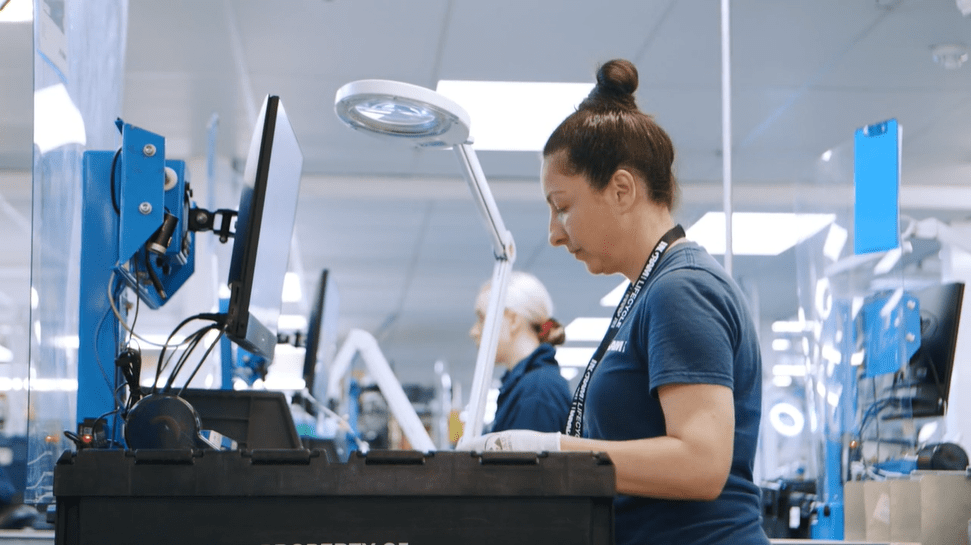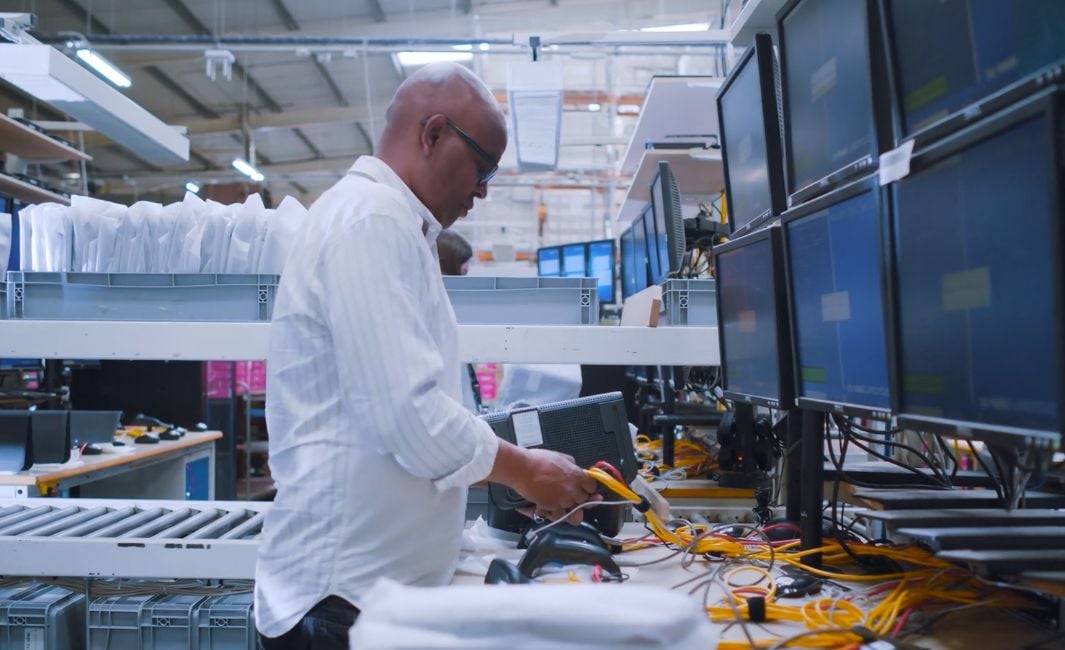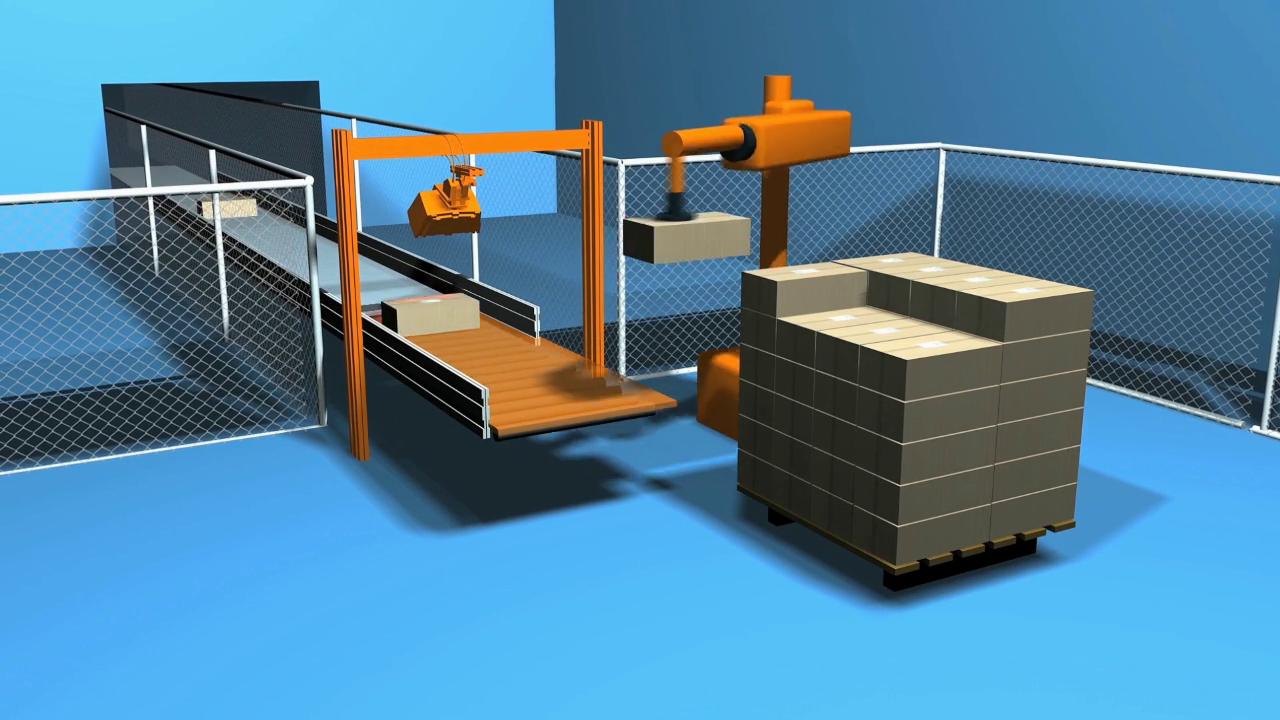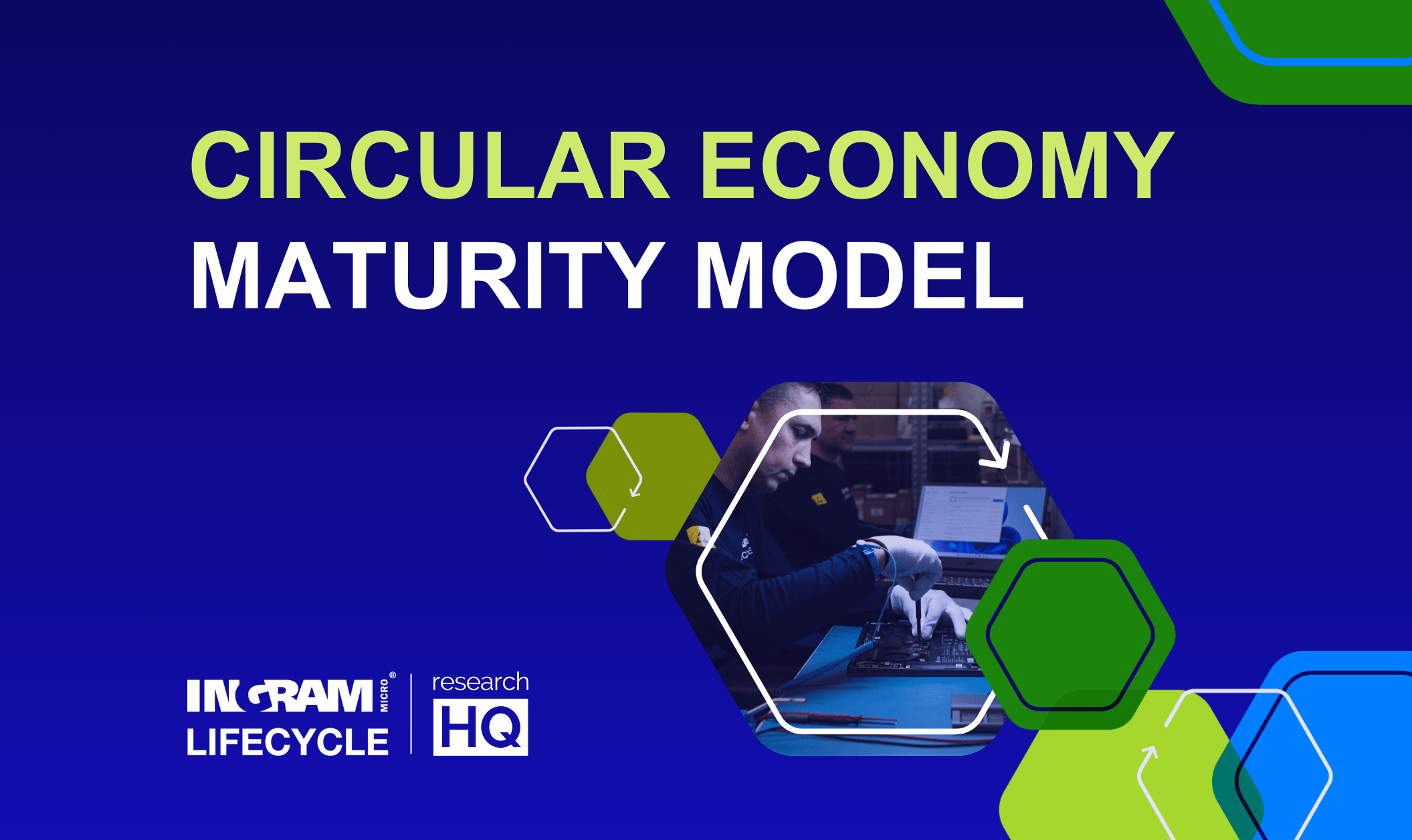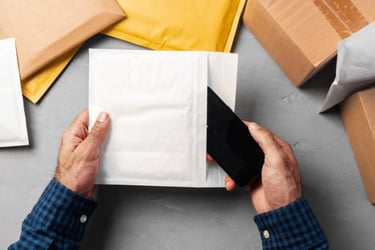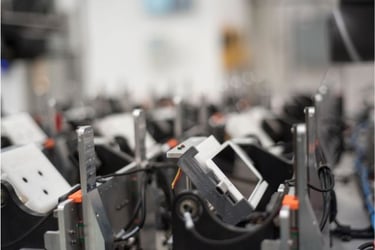If you’re looking to start a trade-in program, then it’s good to become aware of potential risks to ensure yours is a success from the start.
A bad trade-in program can result in poor customer experience, brand damage, and depreciating devices on your balance sheet. Ultimately, it’ll hit your finances, and that’s something you want to avoid!
At Ingram Micro Lifecycle, we work with most UK network operators on trade-in programs, including Three, O2, and giffgaff. We process thousands of devices via trade-in every day, so we see the common issues that trade-in programs face and know what makes them successful.
At the end of this piece, you’ll better understand the steps to take to make your trade-in program a success.
Why you should offer a trade-in program
More consumers are looking to trade in their old mobile phones when it comes time to upgrade. 21% have done just that compared with 16% the year previously. Almost 80% would consider the option going forward.
Here are some of the reasons why the trade-in model is attractive for consumers and businesses:
- It allows users to get a new phone with a potentially hefty discount. Great for them, as it’s a more economically viable solution than paying the full price. You also get to retain their custom.
- Your company receives a boost in sales by enabling a variety of attractive options to the customer.
- It’s an opportunity for mobile network operators to improve the attachment rate.
- More affordable pre-loved devices can be sourced for secondary markets. This helps to bridge the digital divide and make technologies more accessible.
- Breaking down used phones that are beyond economical repair enables parts harvesting and material reclamation. Components can be reused within other phones to make them more environmentally friendly.
- It supports the shift to a circular economy, boosting sustainability objectives and cutting e-waste.
Questions to ask yourself when designing your trade-in program
Plan and identify what your offering is before marketing it. Consider these questions:
- Who are your target customers?
- What are the operational costs?
- What are your goals?
- What are the strengths of your company that you can take advantage of?
- What are your company's weaknesses that need resolution first?
- What additional resources should you invest in?
- What software do you need?
- How will you manage your inventory?
- What payment methods will you offer?
- How will customers access your offering, in-store or online?
- What will the eligibility requirements be?
- How will you conduct valuations of the devices?
- What brands will you accept?
- What are your competitors offering?
Using a trade-in partner minimizes risks associated with these. They’ll also take the pressure off you of needing to answer these questions.
8 trade-in program mistakes to avoid
We’ve compiled a list of the top eight reasons that we see in failing or struggling trade-in programs.
Often these are a communication fix, but best to consider them before starting.
You don’t want to be in a position later on when customers have already had a bad experience, and you need to course-correct.
1. You're trying to do too much
Keep your program short, simple, and snappy. Limit the jargon so the offering is easy to understand. Avoid complex and complicated steps in your process.
Ensure the customer only has to use minimum effort to get involved, with a small commitment needed.
This will limit the frustrations from the customer in understanding your offer and perceived barriers to the transaction.
2. You're making it too simple
Okay, we know what we said above, but stick with us. There’s still a level of information that you need to gather from the transaction for it to be successful.
Making it too simple may remove some vital steps and create gaps in your information.
For example, you still need to assess the quality of the devices to provide an accurate and fair valuation. You also need customer details to ensure they get credited appropriately and promptly.
3. You're making the process too long
Keep the time between the transaction beginning and the customer receiving their money as short as possible.
This improves the experience for the customer as they’re not left waiting. The more satisfied they are with the process, the more likely they are to stay loyal to your brand.
4. Dull campaigns
Make your marketing and offering attractive. If it’s engaging, then it’ll draw the customer in. Gain their interest, and they’ll be more likely to convert.
In the third quarter of 2022, there was a 28% increase compared to the previous quarter in the monetary value returned to consumers via trade-in programs. This demonstrates an increased interest.
As this is becoming a hugely competitive market, you must differentiate from the others to stand out.
You must focus on where the customer will benefit and where your offering adds value for them.
5. Your prices are unrealistic
If you’ve refined your process on how you value devices, then make sure you’re being genuine with what you offer consumers.
Don’t quote high and then try to lower the offer later on. Nobody likes a bait and switch. Your customers will feel tricked and will take their business elsewhere.
Quote what you know is a reasonable price.
Being genuine at the start of the process will save time for everyone involved. It will improve your customer conversion rate, as well as lead to higher satisfaction, brand loyalty, and trust.
6. Customer are losing interest in you
No one should know your customer better than you. You know your customer is interested in what you’re offering, so don’t lose them to a competitor. Get them to convert while the transaction is still in their mind.
For online marketing, invest in some retargeting. There are tools that can enable this, including Google Ads.
If in-store, listen to what the barriers are that are stopping them from completing the transaction today. Find a way to resolve these, if possible, to keep them interested. Make sure you can follow up with them at a later point (but not too much later!).
7. You're limiting your audience
Don’t keep your target audience too restricted. Increase accessibility by offering multi-channel trade-in functions, at least both online and in-store.
People come in all different shapes and sizes with different likes and dislikes, so one single solution won’t suit everyone.
Remember that website platforms must be mobile-friendly, as not everyone uses a PC these days to browse the internet. Mobile as a means of accessing the internet is growing, now making up 75% of all online traffic.
8. Not being green enough
Consumers are considering their environmental footprint more now than ever before. Public health experts warn about the rising impact of eco-anxiety.
Communicate the sustainability advantages behind your trade-in program. Make consumers aware of the reduced carbon footprint it offers.
Everyone has packaging at home that they can reuse. There is no need to send out bags and boxes. This is a bonus for customers as they will get their money faster by not having to wait to receive their empty box from you.
Start designing your trade-in program today
Avoid these eight pitfalls as you begin to design and develop your trade-in program and you’ll be on your way to success with great customer satisfaction and brand loyalty. Fall foul of these mistakes and you could waste your resources, disappoint customers, and earn a bad reputation.
Ingram Micro Lifecycle has been a trade-in partner for the majority of UK network operators as well as many retailers. Our team is on hand to support the set-up and maintenance of your trade-in program. Get in touch with us today to discuss your trade-in program requirements.
Continue reading about trade-in and what happens to traded-in devices:


